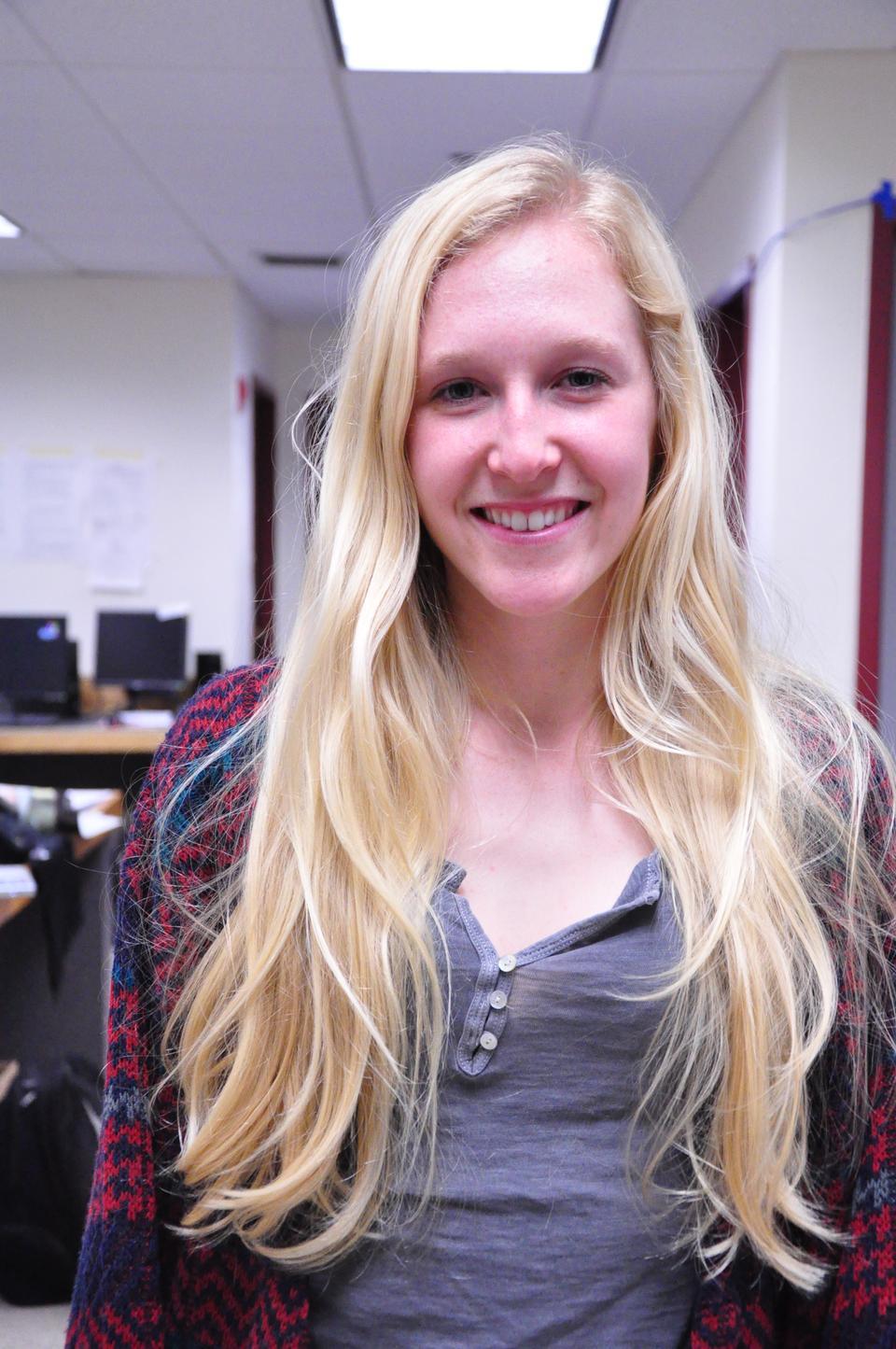
Heartbreak Hill
When my mom called me at 3:12 p.m. this Monday, I was running late to class. “Oh, thank God, you’re not on the T,” she said as soon as I picked up. My stomach immediately sank, a few paces ahead of my brain.
“There were just two explosions at the finish line,” she rushed on, but at first I couldn’t understand. Where was the finish line, and how could it explode?
The night before, I’d told her I thought I would come back to our house so I could join the crowds outside to watch the Boston Marathon, like I have every year for as long as I can remember. From my house, only a couple blocks away from the race course on Commonwealth Ave. and around five miles from its finish, I could wake up to the excited buzz of onlookers, climbing even before the first racers passed by. Together with family and friends, I watched every third Monday in April as thousands of runners conquered the most difficult length of Boston’s historic race.
Heartbreak Hill is the final of the course’s hills, an incline that stretches over half a mile from Center Street to Hammond Street. The daunting slope begins around 20.5 miles into the race, the point at which runners are the most exhausted, maybe the least hopeful.
Imagine it: the minutes slowing down, the hill rising before you, that persistent throbbing in your calves almost at its limit. You committed to running 26.2 miles, more than the average body can handle, more foot-to-ground impact than we’re built for. You don’t realize how close you are to Boston proper, to the finish, until you make it to the top.
So at the bottom of Heartbreak Hill, the crowd goes crazy. It’s here where you make friends with strangers, admiring those you’ll never meet alongside those you don’t know. The middle aged woman with a visor that says, “For Donna.” Doctors and soldiers in full uniform. A teenager in a hot dog suit. The high school friends organizing fundraisers for their parents, who run every year.
From here until Boston, the city is one screaming mass pressed up against the sides of roads and food stands and around the finish line: grandparents in lawn chairs, children in strollers, college students with foam fingers, dogs.
We always gathered at the corner of Center and Comm. Ave., right at the base of the hill, our contribution to the effort. As the runners appeared, we on the sidelines saw gasping, slowing, stopping—and yet I never saw a runner pass by without attracting cheers.
To everyone who reached out an arm, we’d hand out water and gatorade, high fives, smiles—a celebration of Boston and its spirit. I remember thinking, as the synchronized footsteps rushed by, that I would one day run Boston—still do.
I wasn’t on the sidelines this year, but in the Quad: the green outside serene and still. After my mom’s call I ran back to Cabot, where my roommates were watching footage of the first explosion, right on Boylston Street, on repeat. I felt farther than I’ve ever been from the action, watching the runners collide with concrete, the crowds swerve to avoid the blow.
But I wasn’t that far: I recognized the buildings in the backdrop of chaos, the storefronts and streets that had instantly absorbed blood. This time all of Boston was running, not only the racers.
That’s my city, I thought clearly for the first time, as the footage rolled in and the tolls rose. Our city. I watched it shake and it shook us.
This was not New York in 2001, or Colorado and Connecticut in 2012; it’s Boston, where my little brother had a day off from school, where I had friends racing their way to the finish line, where those who felt shockwaves blow out the ground from under them had run by my house.
On Monday you could look at anyone and understand that what you were feeling, they felt too. Mile after mile, another test, another heartbreak—and so close to the finish, it seems.
It’s a collective insecurity: You can’t anticipate that in the span of 13 seconds, of two bombs, the city in which you’d grown up or the one where you go to school will be scrambled, rearranged. You don’t know if, or why, or when this could happen again. And you’re out of breath already.
One of my friends, who was the most visibly shaken on Monday, is not from Boston, but after we’d had enough news we sat in her room and tried not to cry. None of her friends had been affected, she said, and a small part of her felt that her reaction wasn’t warranted. That’s not true, and I told her so: We’re all a part of this place and what happens here, in some way. “This is the closest I’ve ever been to something like this,” she said.
We were lucky, of course; others weren’t. Some had just overcome 26.2 miles, others were stopped short less than minutes from their last. Some were watching from the sidelines, others were following through the cameras that those on the sidelines held.
Either way, that finish line was so close. We were all—still are—so damn close.
But I imagine that’s what the runners climbing alongside the cheering crowd, the ones who make it up Heartbreak Hill, think too.
Delphine Rodrik ’14 is a History and Literature concentrator in Cabot House. Usually, she calls her mom first.


